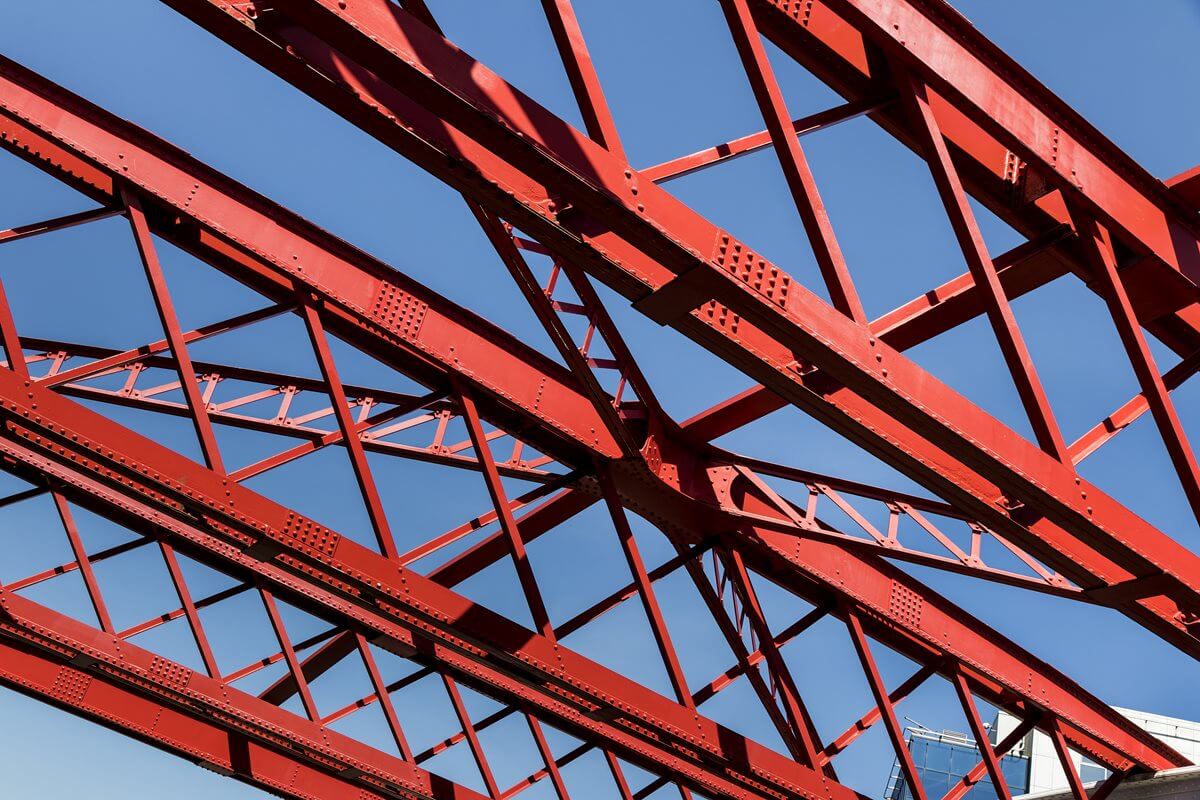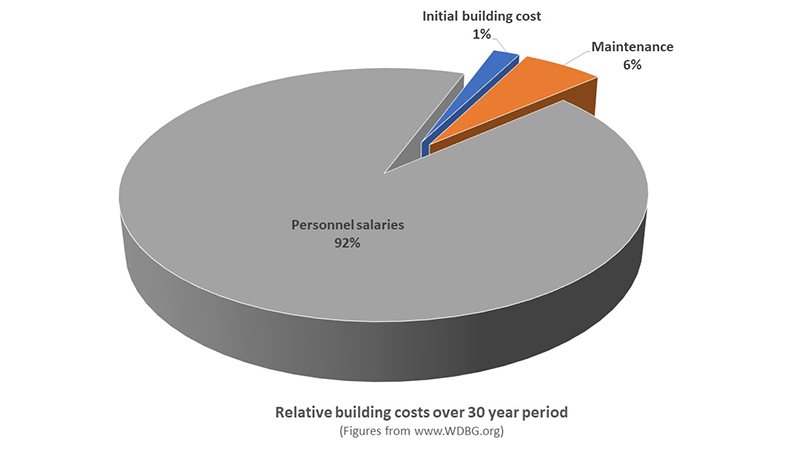

More than one reasonable, safe and acceptable solution can often be applied to a particular design. Value engineering asks: “Which acceptable solution is most economical?” and “Does an entirely different and better approach exist?” To answer both questions effectively, depth and breadth of experience is required.
At a high level, value engineering involves:
Key to value engineering is remembering the relationship between cost and value – value equals function divided by cost. Concentration on the function of the project or product will avoid mere cost cutting.
.jpg?variant=HalfWidth)
Ideally, value engineering should commence at project inception when the capacity to influence design outcomes is the greatest and the benefits to the final design are also greatest. Specific value engineering workshops early in the project planning and conceptual design process will help maximise value for money. The definition of what is good value on any particular project will change from client to client and project to project.
In reality, value engineering can and should occur at all stages of the project lifecycle, building on early-stage high-level concepts as more detail evolves on the project. The timing and stakeholders involved at each stage of the project lifecycle will depend on the particular contractual relationships established by the project structure. However, regardless of timing or contractual relationships, the structural steel solution promotes a range of value engineering options.
The performance benefits of steel in relation to strength, stiffness, lightness, prefabrication and quality are facilitated by a range of principles for value engineering at each stage of a project and across a number of stakeholders, including:
The life cycle costs of a building facility include the following:
The initial cost of a structure is usually only one small component of the actual cost of the facility over the long-term life of the structure.

It is notable that the initial purchase price is only around 2% of the life-cycle cost over a 30-year period. Therefore, value engineering should realistically take account of the life-cycle cost of the facility or structure, not just the initial cost.
It is also notable that the maintenance costs are significantly greater than the initial purchase price of the facility, in this case over a 30-year period. In direct relation to the actual steelwork component, maintenance is typically and primarily a function of the corrosion protection system utilised, the design life of the structure and the required regime for repair and/or maintenance of the corrosion protection system.
The choices with the corrosion protection system are a function of the intended design life of the structure, the corrosion environment and the cost (both initial and life-cycle cost. Often the choice with the corrosion protection system is between a paint system and hot dipped galvanizing. The Galvanizers Association of Australia (GAA) has a calculator and references for life-cycle costing.